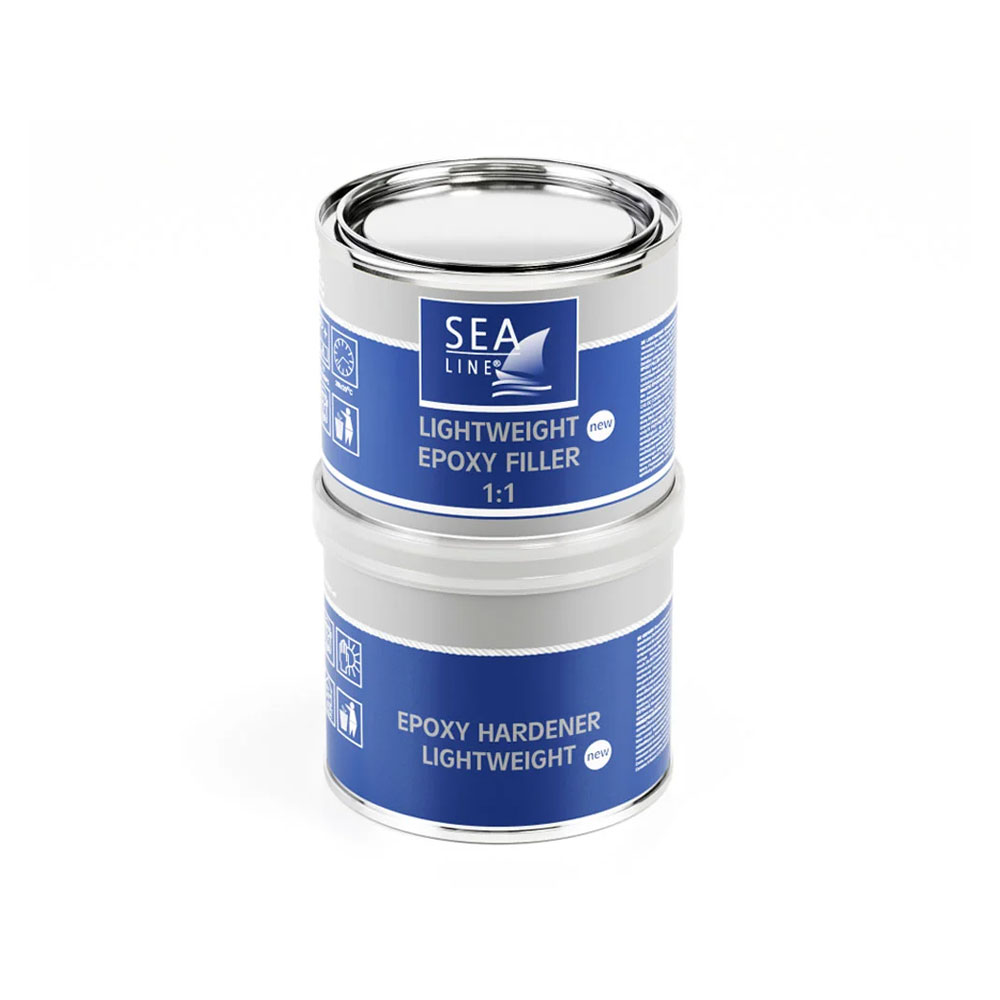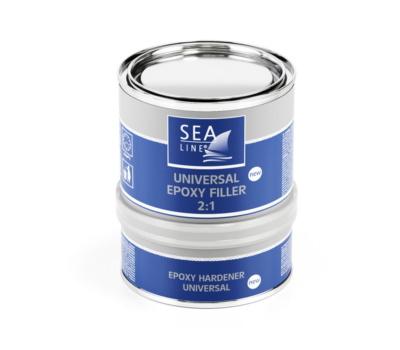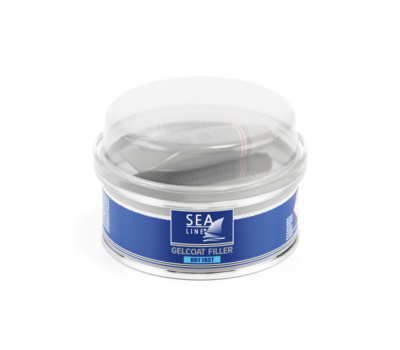Recommended for large areas due to low own weight
| Capacity | Code |
|---|---|
| 750 ml | 12202 |
| 7,5 l | 12288 |

| Type | laminate, wood, stell, aluminium |
| Place | above and below waterline |
| Function | large areas |
| Weight | 1l = 700 g |
| Aplication | putty knife |
| Kolor | off white |

Epoxy fillers are primarily the only fillers recommended for use on hull components constantly immersed

Epoxy fillers, including fiberglass filler, are primarily the only fillers truly recommended for use both

Gelcoat Filler is very fast hard and easy in use.
We do not sell retail. Our products can be found in many stores in Poland and abroad. Our distributors run stationary and online stores. The full list of distributors and contacts can be found on our website at the following link click here.